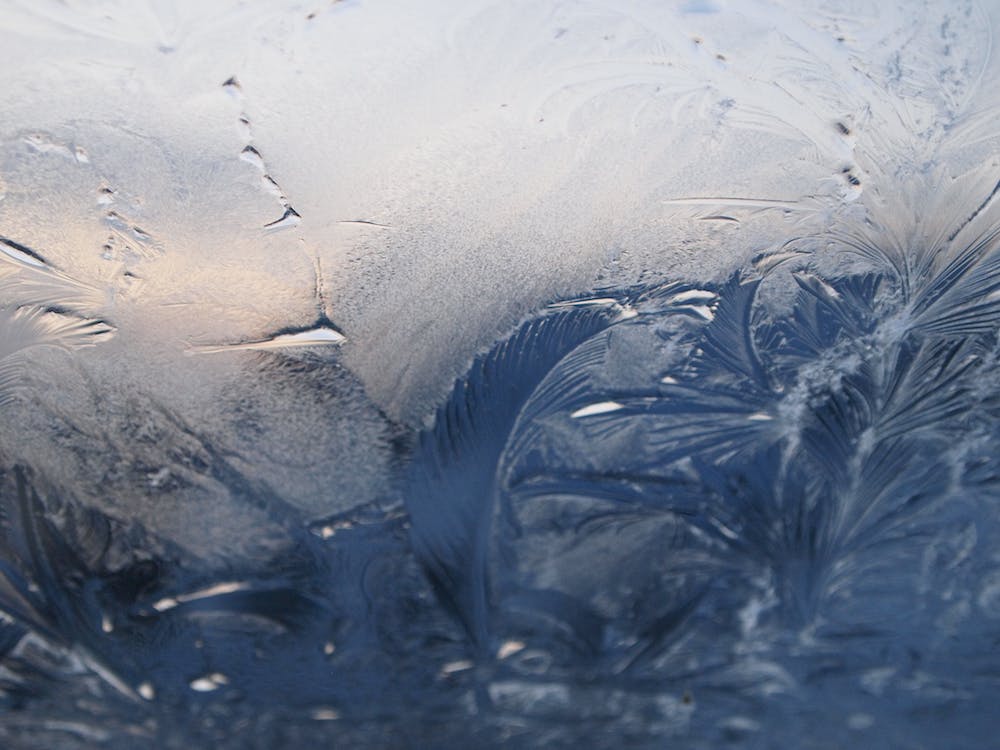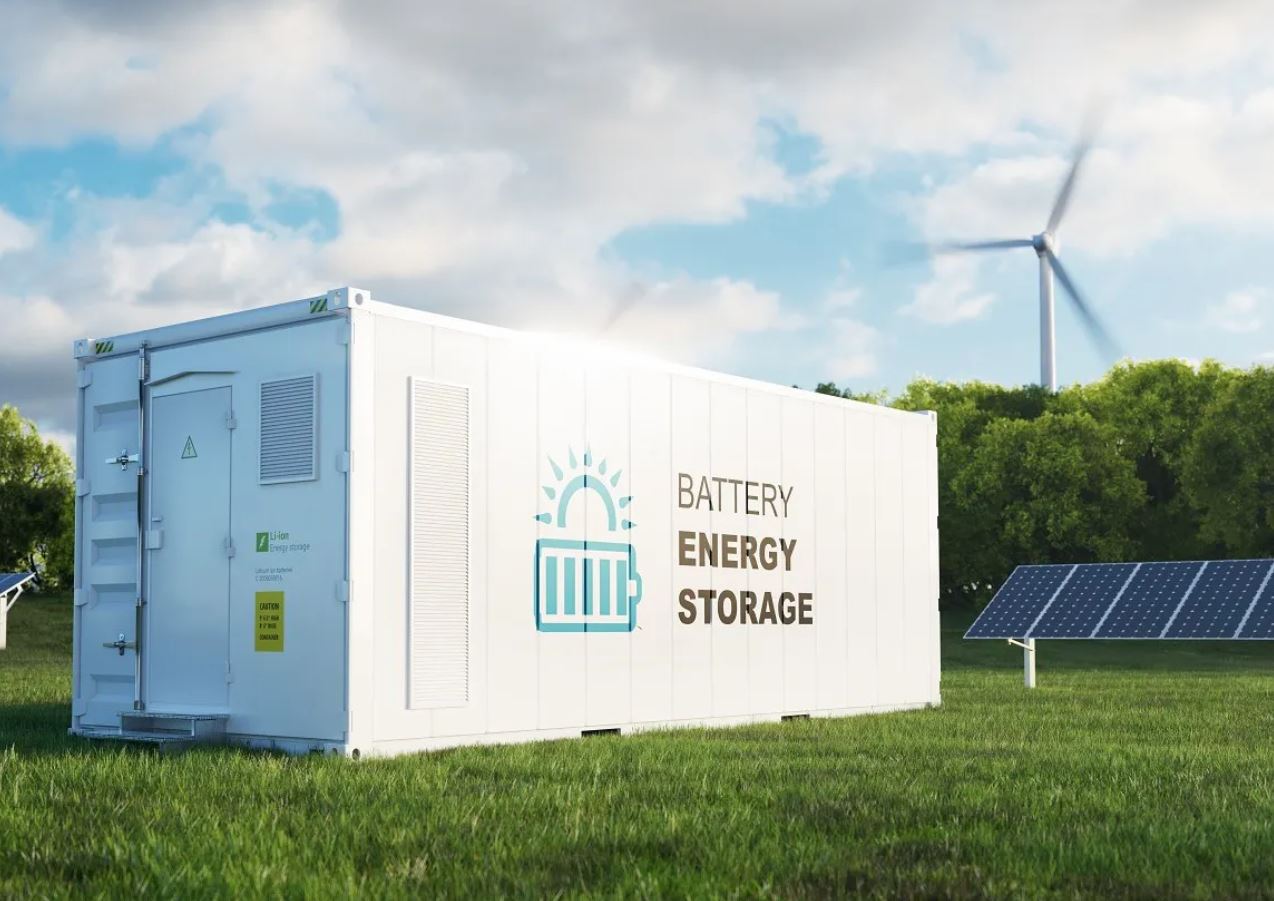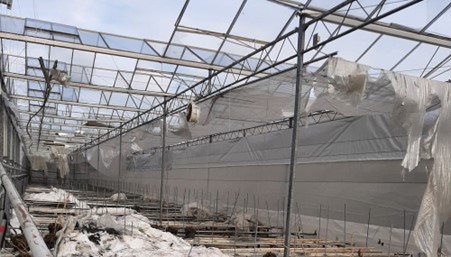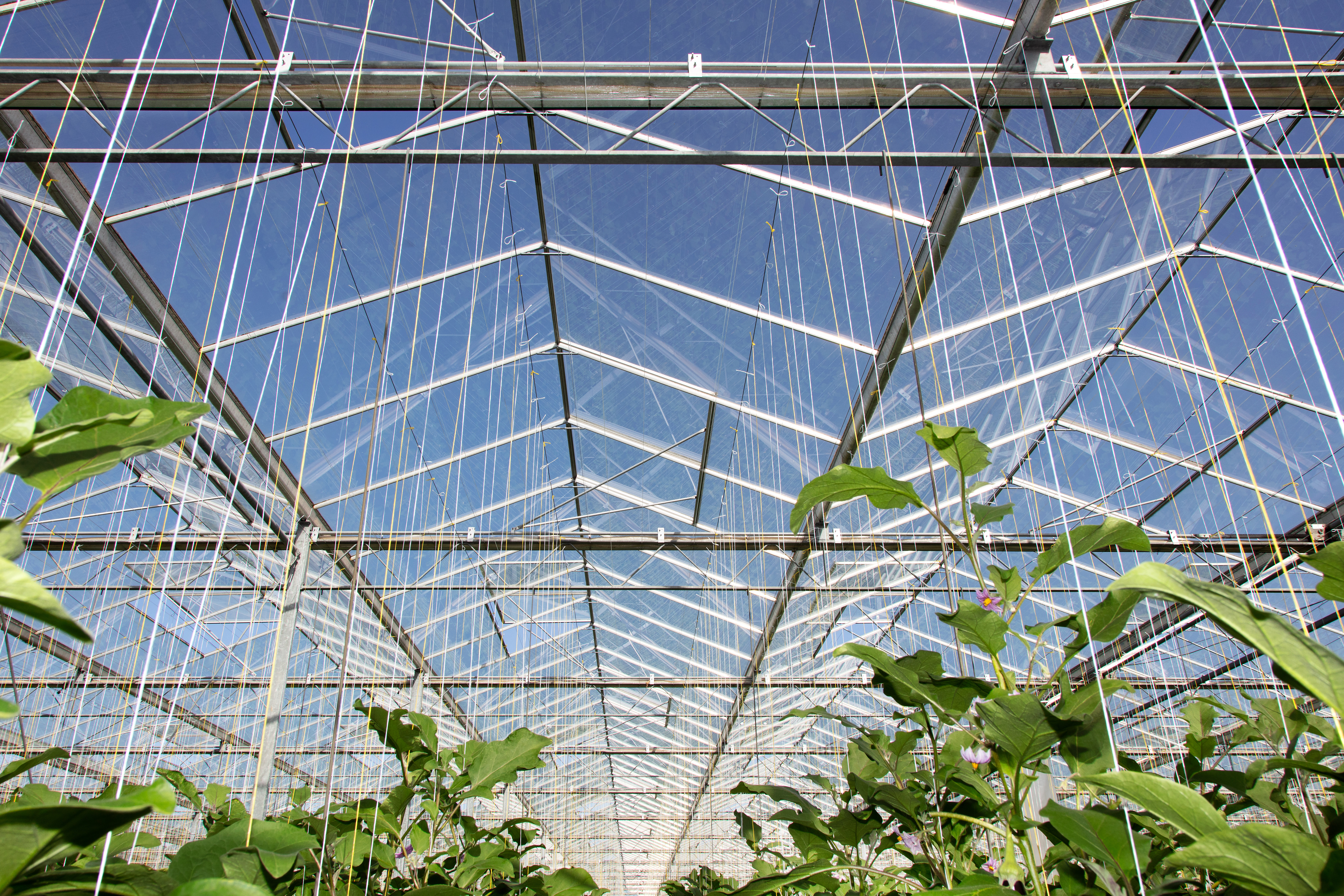How to limit frost damage to your greenhouse
Frost can damage pipes and tubes

What can you do to reduce the risk of damage during winter, unnecessary crop downtime, high costs and damage caused by frost?
1. Pipes and drains 3. Thermal screens & Outside shade screens Insulated thermal screens can become frozen in place. If the temperature between the glass and the facade screen drops below freezing, condensation droplets running down can get into the fabric, causing the screen to become frozen in place. The motor of the screen system will be unable to turn, which can damage both the motor and the fabric. 4. Water silos 5. Coolers 6. Air handling units We are happy to help It is important to know that you are not alone. Your broker is happy to give you advice to help you prepare for a harsh winter as well as possible.
Make sure rainwater and condensation in pipes and drains can drain away by turning on an immersion system or opening a drain line in time. This prevents pipes and drains from freezing and bursting.
2. Windows
The air handling units’ louvres are vulnerable to freezing temperatures. Monitor the temperature of the circulating water and safeguard it with an alarm.


